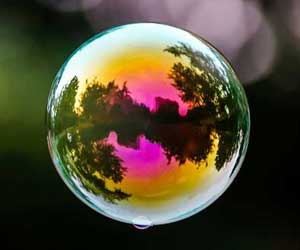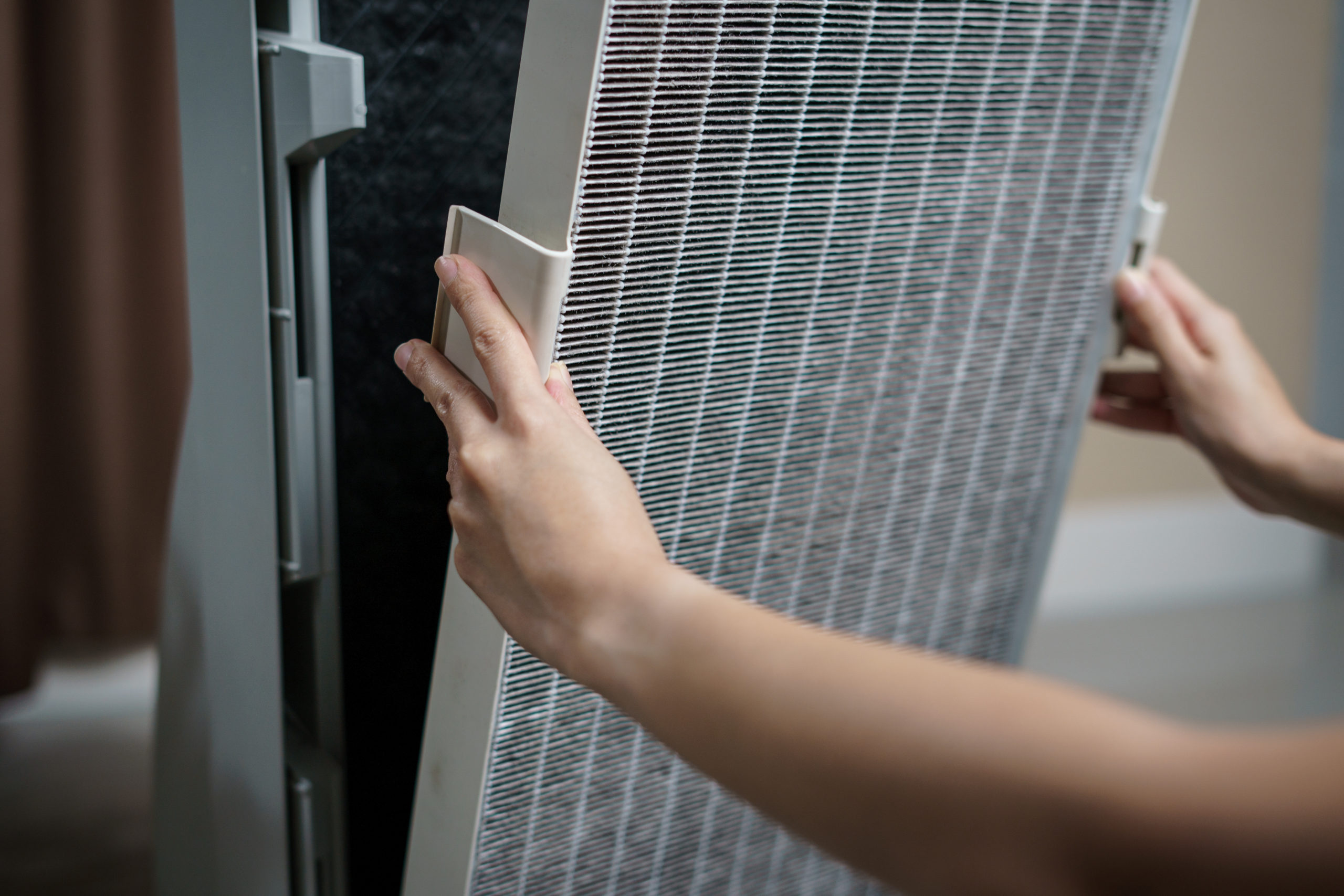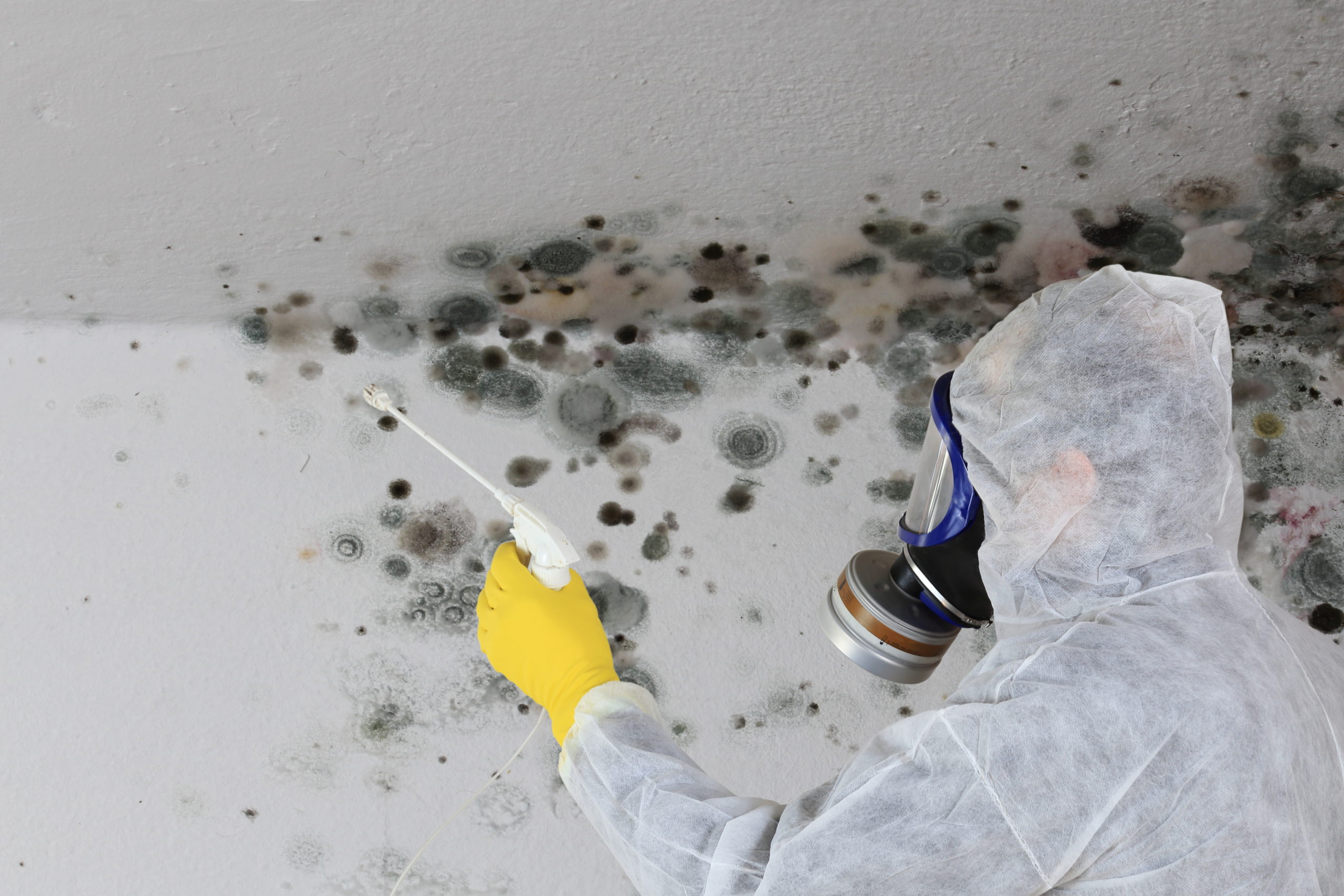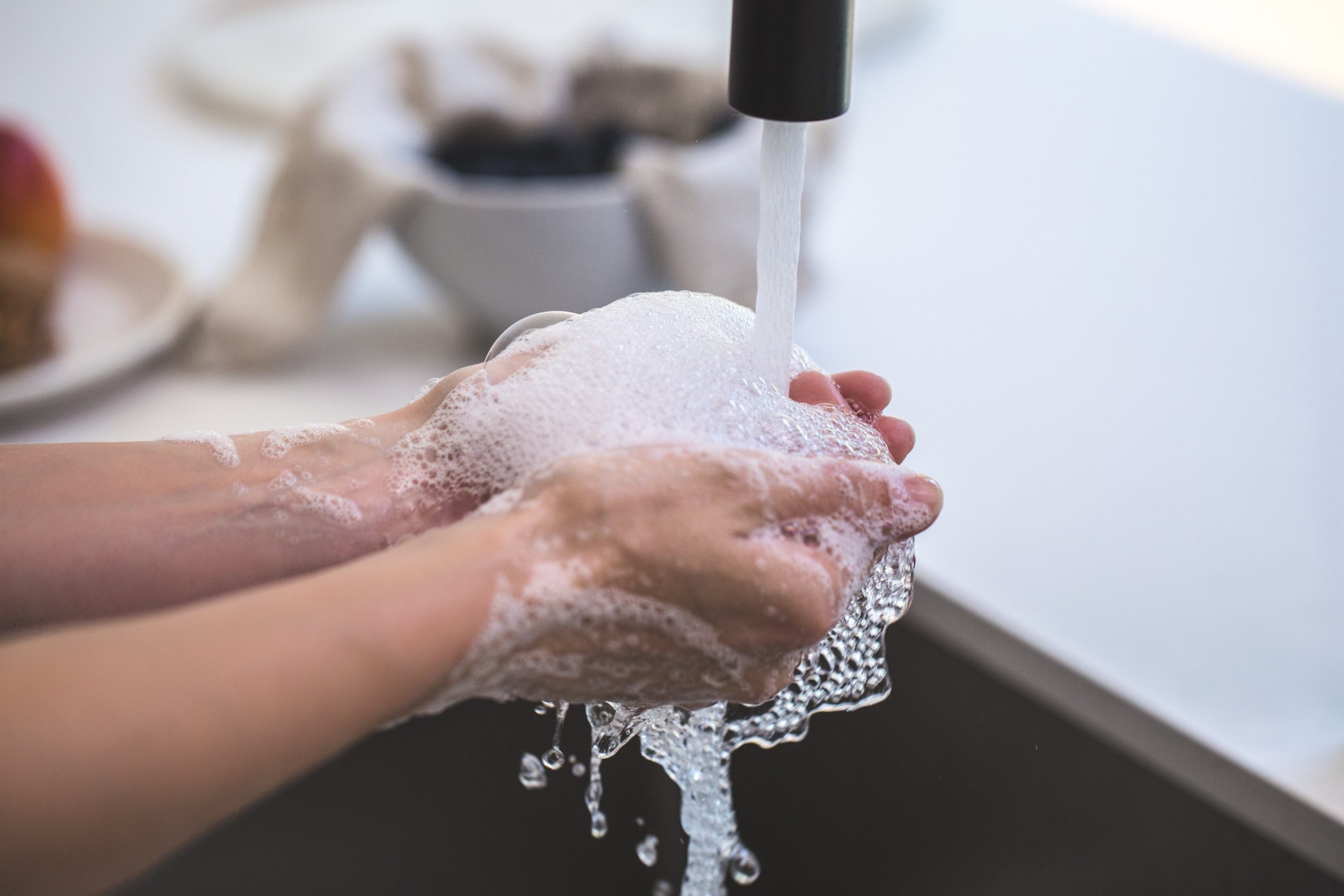Use this fantastic illustration of how soap works at your next info fair. What a crowd pleaser!
Lots of science going on here, but don’t tune out! We’re looking at how soap and detergents work on a molecular level, which will help you understand how to use them more effectively.
[EasyDNNnewsToken:Left Justify Embed 300 x 250]Water molecules “love” each other – this means they naturally hold on to each other and don’t want to separate. They especially like to cling to each other at the surface of a drop of water because there is no water molecule on the air-exposed side to grab onto. The water molecules on the surface hold onto each other so tightly that a “skin” seems to form on the surface. This property is called surface tension. So if you spill a drop of water on a surface, it looks like it forms a dome with defined edges because it likes to stick together so much.
This applies to cleaning because water is very “polar.” This means that one side of the water molecule has a positive charge and the other side a negative charge, and the charges love to attach to their opposite. While water may be the “universal solvent,” there is one group of substances it can’t dissolve – fats. Salt is very polar, so it is dissolved very easily in water. Its positive ends are attracted to the negative ends of the water molecules, and vice versa. In contrast, fats are non-polar, meaning there is no positive or negative charge for the water’s polar ends to grab onto, so water just sits on the surface of the fat. In order to remove fat, which most kitchen soil is made of, water needs something to stop it from sticking to itself so it can help remove the greasy soil. This is where soaps and detergents come in.
Soaps are unique because they are long, straight molecules with a polar end and a non-polar end. The polar end loves water and grabs it easily. The non-polar end bonds easily with fats and oils. Here is a video which illustrates nicely how detergents work:
With the addition of detergent to a solution of milk and food coloring, what you see are the fat molecules racing around as the detergent molecule grabs the fat with one hand and chases the water with the other. The non-polar (hydrophobic) end of the detergent molecules breaks apart the fat molecules and surrounds them, forming “micelles,” while the polar end of the detergent molecules attracts the water, in effect suspending the micelles in the water. This allows the fat to be carried away in the waste water. The food coloring lets us see this game of chase, even as it slows and settles as the detergent completes its matchmaking. Ta da!






